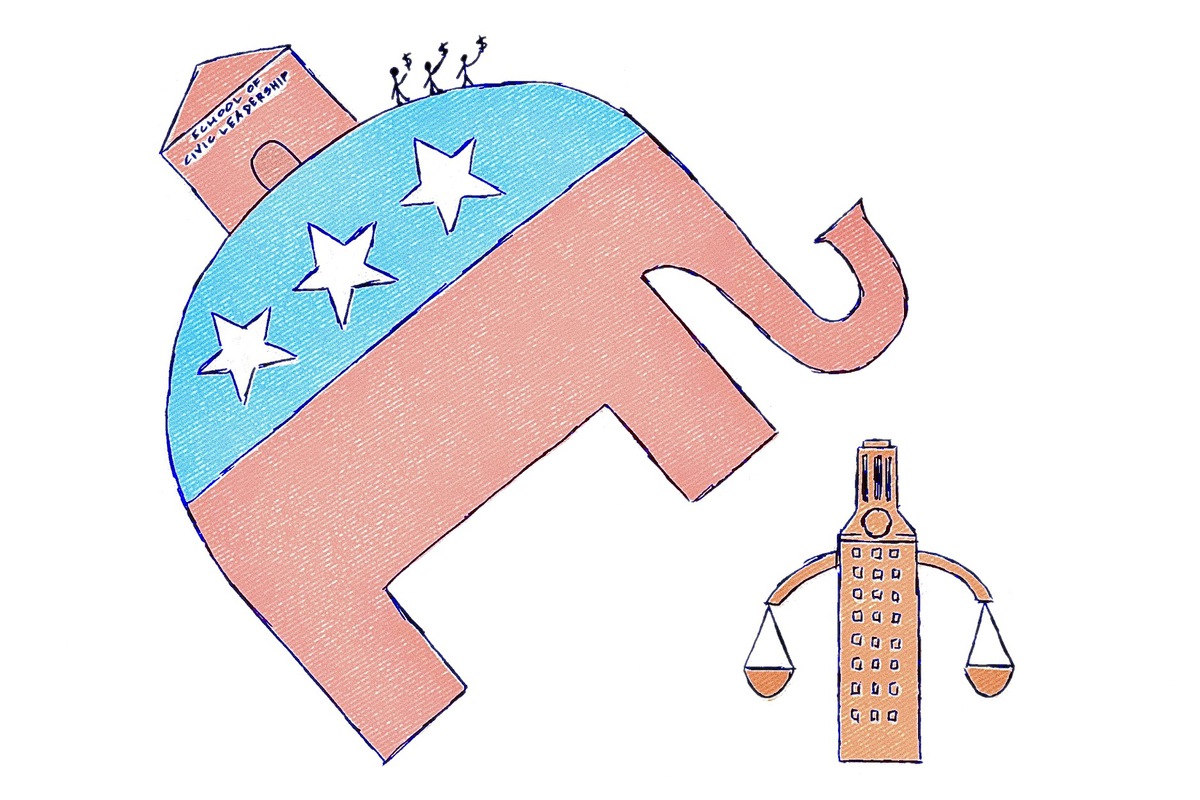Editor’s Note: This column is a part of a series exploring the Title IX Amendment at UT.
When the U.S. won the Women’s World Cup final July 5, this country had plenty to celebrate. It was the U.S.’s first World Cup championship since 1999. Team star Carli Lloyd scored three goals, a Women’s World Cup final record. And, most significantly, the FOX broadcast averaged an enormous 25.4 million viewers, making it the most-viewed soccer game, men’s or women’s, in U.S. history.
Pair that with tennis star Serena Williams’ four straight major victories (dubbed the “Serena Slam”) and Becky Hammon, the first female full-time NBA assistant coach, leading the San Antonio Spurs to a summer league championship? It’s a good month for double X chromosomes.
Women’s intercollegiate athletics were virtually nonexistent before 1972, when Congress passed the Title IX amendments to pertinent education laws. The law prohibited all federally funded institutions from exclusion, discrimination and unequal treatment on the basis of sex, and UT jumped on board immediately. The University opened a Department of Intercollegiate Athletics for Women in 1973; hired its first women’s athletic director, Donna Lopiano, in 1975; and hired legendary coach Jody Conradt to oversee women’s basketball and volleyball in 1976. By the end of 1980s, Texas had already claimed 17 women’s national championships.
“Without that leadership early, I don’t think you’d see what Texas has become,” Women’s Athletics Director Chris Plonsky says of the University’s early administrative support. “To be among the large public universities supporting this … We were a model.”
Texas remained a model through the years. It went from developing infrastructure in the ’70s to managing its ratio of male-to-female athletic participants and scholarship offerings in the ’90s. By the 2013–2014 academic year, the school supported 313 male and 283 female athletes. And since Title IX’s inception, Texas women’s sports have won 27 national championships to the men’s 16.
“Everything is evolutionary,” Plonsky says of the 43-year process. “But when you think about the coaches we had in that critical time of growth, they set a standard of excellence.”
It would be naïve to compare UT’s women’s sports to men’s in all measurements. Although their records shine, women’s revenue and popularity lag far behind. In 2013–2014, men’s sports generated $74.38 million while women’s sports suffered a net loss of $16.12 million — though volleyball’s seven sellouts in 2014 were each profitable. The men’s profits largely sustain female participation.
For this reason, the University’s athletics model has much to praise. Male sports provide women with opportunities for athletic, academic and personal growth. And in sustaining these opportunities, UT promotes a national climate of gender equity. Because Texas Athletics has established itself as a brand, it holds clout. By using its platform to encourage women to take prominent roles in society, Texas furthers the fight for egalitarian employment. UT is also the only school nationally to source and define a women’s athletic director. And because athletics so often take a national spotlight, when athletics commit to equity, the rest of society follows.
In addition to the University’s macro effect on encouraging women in sports, Texas has supported a burgeoning women’s soccer team for 21 years. Finishing as high as No. 8 nationally in 2006 and advancing to the second round of the NCAA Tournament last year, the team does more than just provide an opportunity for its players. It also supports women’s soccer more broadly, generating excitement and encouraging the growth of female athletic participation.
It may seem like a stretch to say Texas women’s soccer fans translated to Women’s World Cup fans. But data suggest otherwise. Among the record 25.4 million viewers of the Women’s World Cup final, Austin viewers constituted the fifth-largest market — and the third among cities that don’t claim multiple natives or local players on the team. UT’s promotion of a top-tier women’s sports program can define the cultural landscape of our city, just as it promoted local support of national female soccer programs. It is clear that, in Plonsky’s words, UT has a “significant footprint in women’s soccer.”
The rise of women’s sports has been a joint effort between numerous actors and institutions. But Texas’ choice to seize the moment in the 1970s claims some credit for today’s successes. It rose to the forefront of athletic equity and willed its female programs to succeed then. And the University still commits to the fight now. Each milestone it reaches holds social implications beyond the athletic sphere. For that reason, UT must continue to use its platform.
“It’s going to be an incredible next decade for women’s sports,” Plonsky says.
Epstein is a journalism and Plan II senior from Dallas.





















